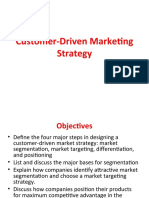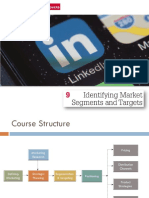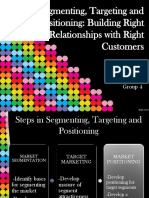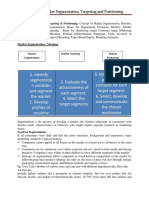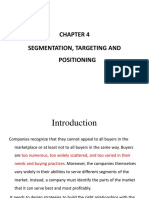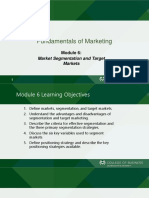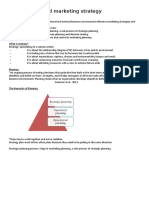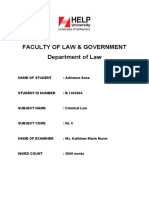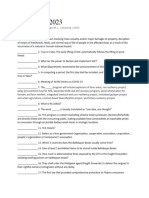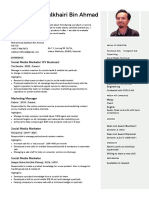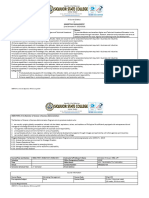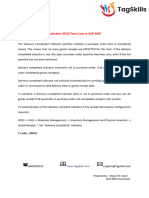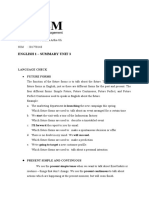0% found this document useful (0 votes)
193 views10 pagesSegmentation, Targeting & Positioning
The document discusses segmentation, targeting, and positioning in marketing. It describes how marketers:
1) Segment consumers into groups based on shared characteristics like demographics, behaviors, and psychographics to better meet their needs.
2) Evaluate segments based on their size, profit potential, and how reachable and addressable they are.
3) Develop profiles of typical customers in each segment to inform targeting and product offerings.
Uploaded by
AdrienneSenaCopyright
© © All Rights Reserved
We take content rights seriously. If you suspect this is your content, claim it here.
Available Formats
Download as DOCX, PDF, TXT or read online on Scribd
0% found this document useful (0 votes)
193 views10 pagesSegmentation, Targeting & Positioning
The document discusses segmentation, targeting, and positioning in marketing. It describes how marketers:
1) Segment consumers into groups based on shared characteristics like demographics, behaviors, and psychographics to better meet their needs.
2) Evaluate segments based on their size, profit potential, and how reachable and addressable they are.
3) Develop profiles of typical customers in each segment to inform targeting and product offerings.
Uploaded by
AdrienneSenaCopyright
© © All Rights Reserved
We take content rights seriously. If you suspect this is your content, claim it here.
Available Formats
Download as DOCX, PDF, TXT or read online on Scribd
/ 10

